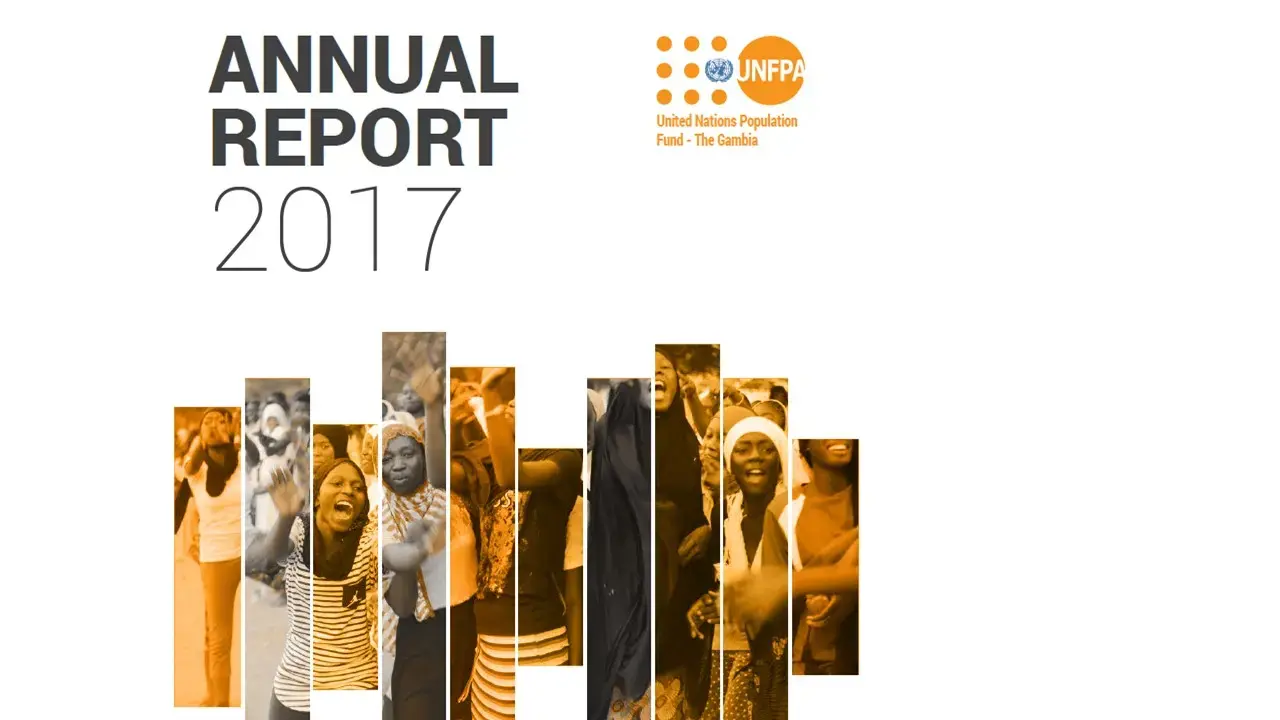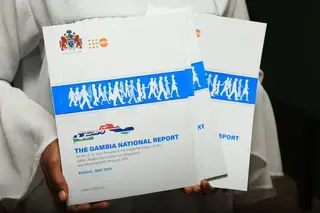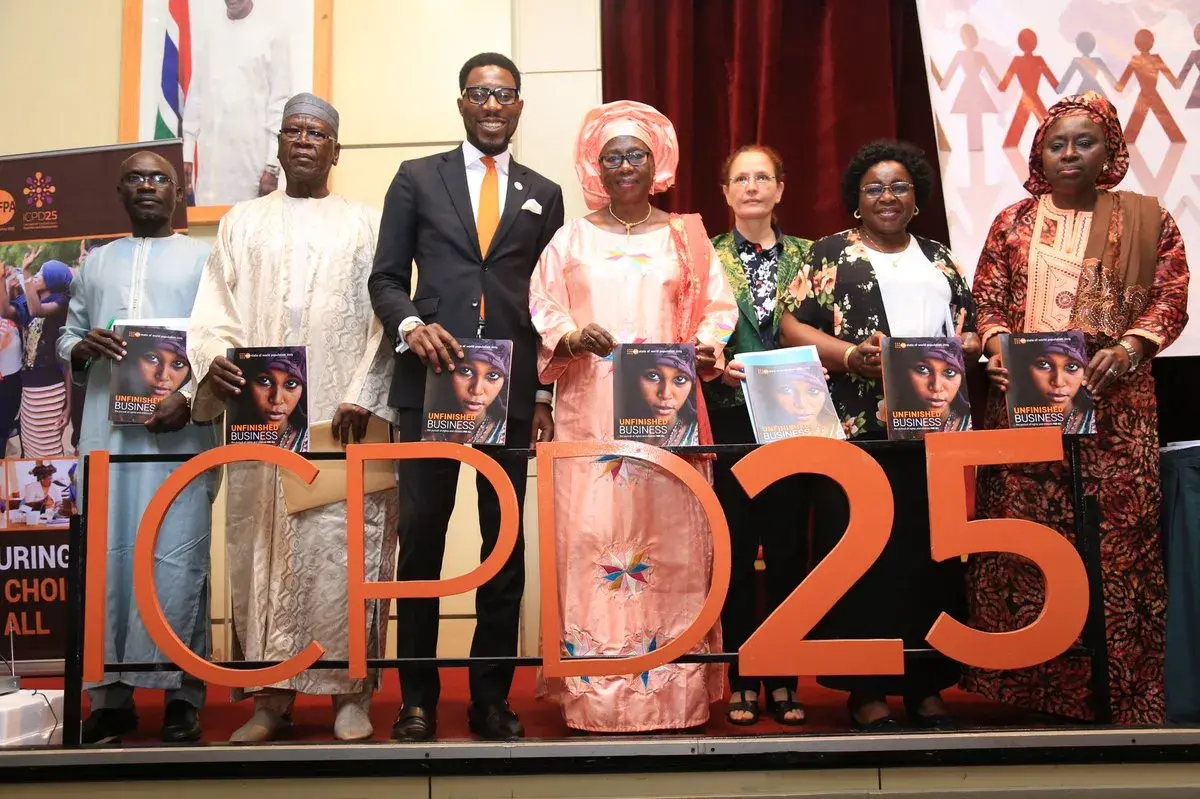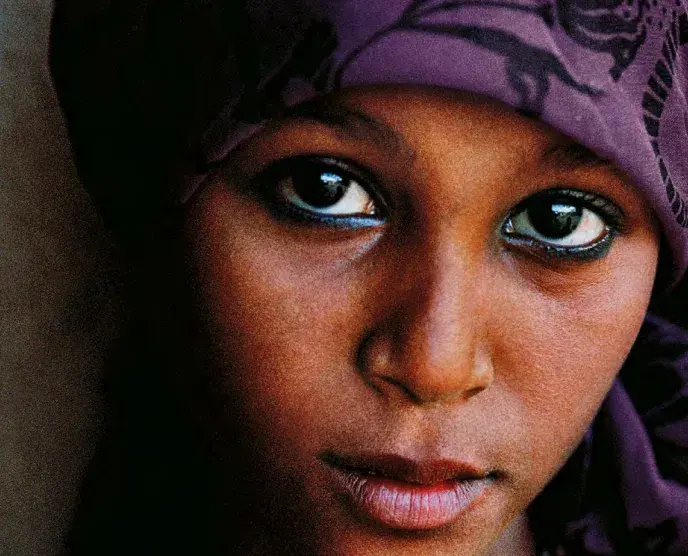Each year, the United Nations Population Fund (UNFPA) in The Gambia recommits itself to delivering a Gambia where every pregnancy is wanted, every childbirth is safe, and every young person’s potential is fulfilled, through a dynamic team of staff and partners.
Our interventions in 2017 were majorly centered around UNFPA’s three transformative results: ending the unmet need for Family Planning; ending Preventable Maternal Deaths; ending Gender Based-Violence and Harmful Practices.
UNFPA The Gambia and its partners delivered life-saving work in the interest of women, youth and adolescents, including those in hard-to-reach communities. This effort was accompanied by the continuous advocacy for programmes, policies and laws that protect the reproductive health and rights of our constituents.
This 2017 report captures efforts UNFPA is taking to support sustainable development, by delivering life-saving interventions to women, adolescents and youth in The Gambia, and by highlighting major results registered through our programme interventions.
2017 was an exciting year for the country office. We launched the African Union (AU) Roadmap on Harnessing the Demographic Dividend through Investments in Young People in The Gambia. To wrap up the year, we engaged a sector of society, whose role in addressing gender-based violence and fostering family wellbeing, is often under-emphasized – religious leaders – through the International Consultation on Islam and Family Wellbeing.
I thank our government and civil society partners, the country office team and most importantly the communities we serve. We look forward to intensifying our work in 2018 as we improve programme effectiveness and quality delivery of our interventions to reach those furthest behind.





